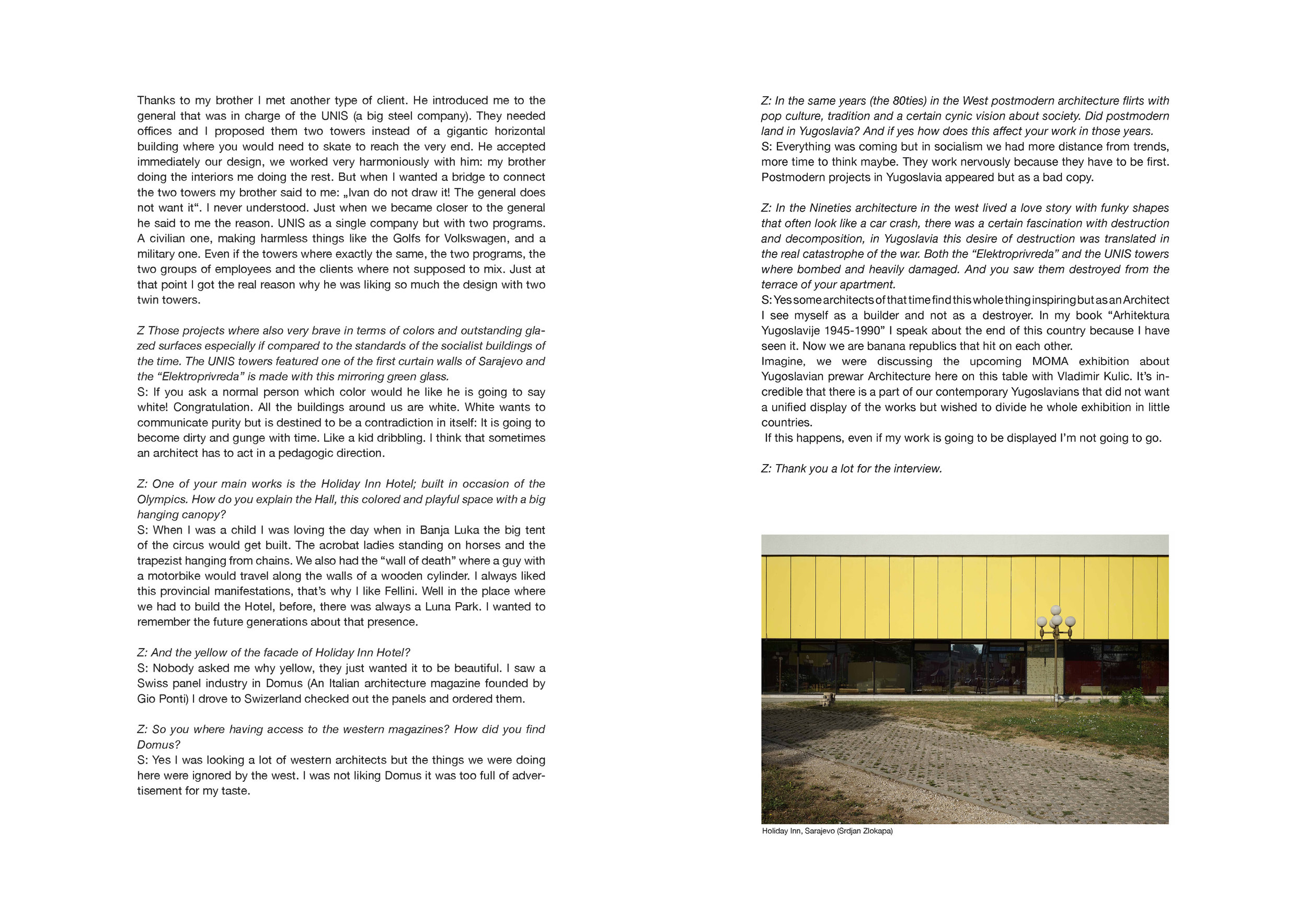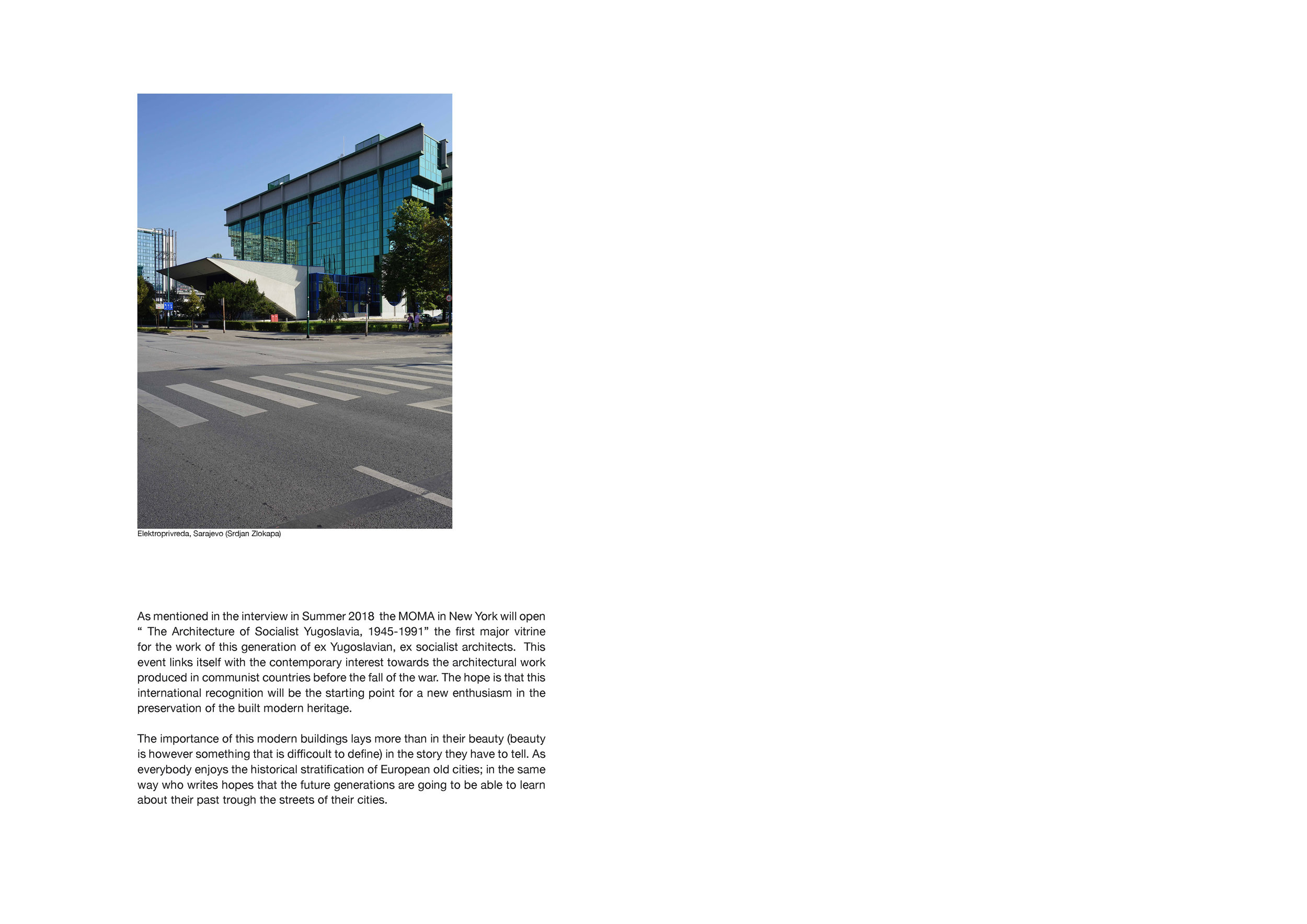A GUIDE book of DIY chairs - Venice biennale edition
For The 17th International Architecture Exhibition 2021, curated by architect and scholar Hashim Sarkis, we made a printed version of our open source book. The book was on view in the Biennale Library at the Stirling Pavillion and will be included in the Historical Archive. The book was realized with the help from the Royal Danish Academy - School of Architecture + The Danish Arts Foundation.
A GUIDE book of DIY chairs
The guidebook was produced during a workshop arranged by A-A Collective and completed by 80 students and teachers from the Royal Danish Academy of Fine Arts, Schools of Architecture, Design and Conservation - Institute of Architecture, Urbanism and Landscape. Foreword by Studio PNEUMA, introduction and layout by A-A Collective.
Students and teachers in home isolation around Europe, from a total of 5 different countries, completed the virtual workshop in one week. Students could only build with household work tools and materials available from their local builders merchant. Due to current restrictions, the workshop draws inspiration from the principles of Enzo Mari’s classical Autoprogettazione collection. The students were challenged not only to design a chair, but also to do a manual of their design, allowing other people to “copy” it.



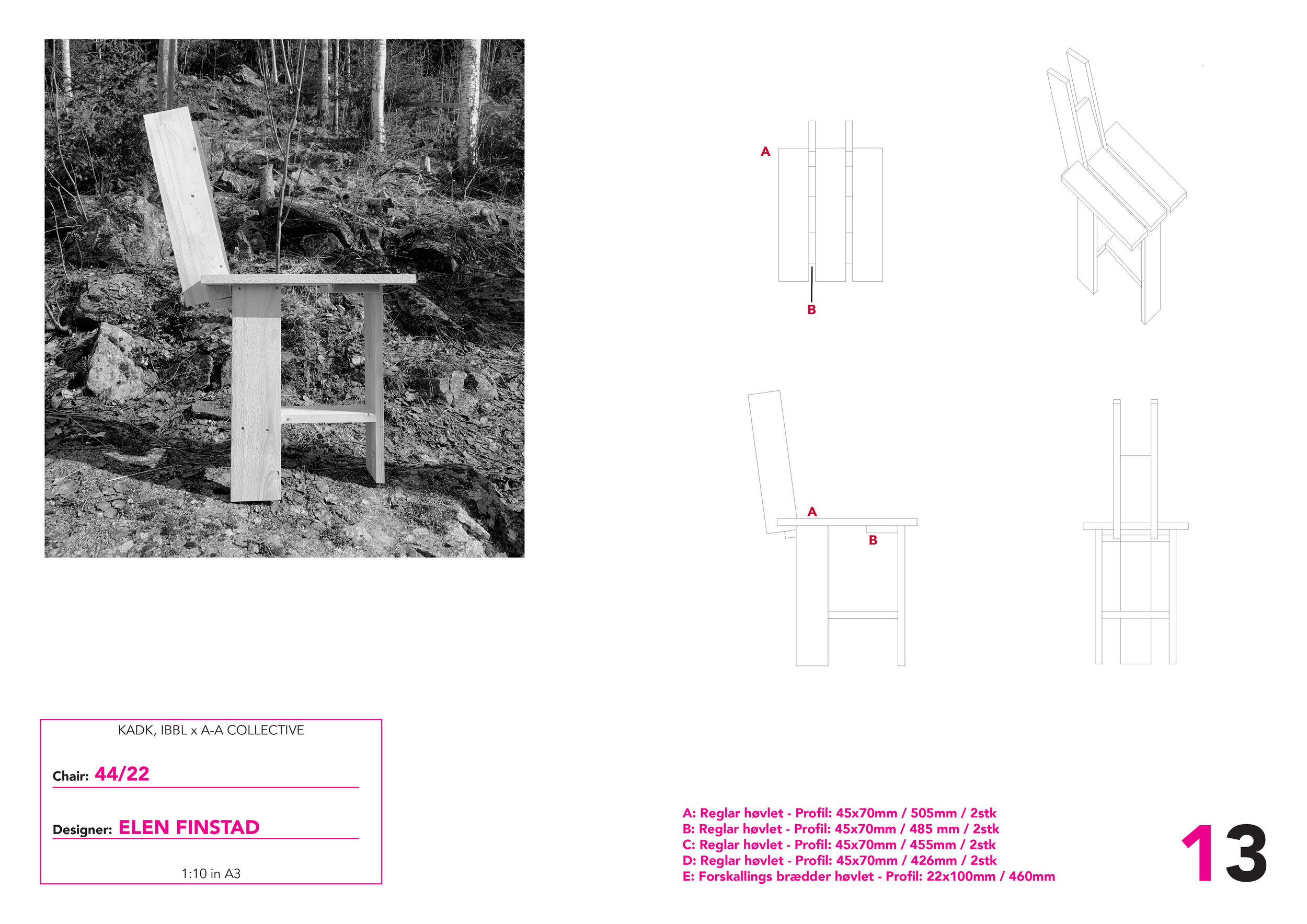










Dwelling
by A-A Collective + Christian Vennerstrøm
This article was first published by CARTHA Magazine and then shown at Trienal de Arquitectura de Lisboa 2016:
The following are simple thoughts, images and a bit of text that have been travelling between Switzerland and Bahrain in the summer of 2016. The starting point was a series of images capturing the simple fact that over the last 40-50 years the town of A’ali has grown in size and density expanding into the ancient burial fields of Bahrain. Many thousands of single person or family sized mounds have been cleared to make space for new infrastructure and housing. Several mounds have been significantly altered to make space for private parking and roads. Some grave chambers have been exposed to the city while others have been half way dissected leaving only a few cuts open and the remaining mound intact. The static mounds have become a part of a dynamic web of relations and interrelations that flow within a contemporary city. This cohabitation affects not only the city, but also these structures. The result is an interesting relation between something as dynamic as life and something as static as death.
By being part of the city these burial places becomes part of the collective unconsciousness. Like churches or monasteries they are simple signs, static urban facts and yet they are undeniably part of the everyday life surrounding them. Maybe the contemporary life needs these stable points to establish a relation to death. But why should a permanent place be important to the dead when the living that keep their memories alive are constantly moving around in a non-permanent way. Everything is now mobile and negotiable. Even death is now fluid and dissolvable.
We keep making piles into cities.
Cities become piles upon piles.
And cities become new cities.
New cities upon old piles.
We make cities from piles upon dead bodies.
New houses are build around the body.
Around the body and the needs of the body.
For practical reasons or for the reason of no practical reason.
New houses become old houses. Keys, nameplates and addresses change hands as cities are smouldering.
And cities are smouldering back into piles upon bodies.
Letting go of being like old skin falling.
When all has settled and the air is clear stands a new in its place seemingly alike.
The form of
graves and faith
heavy and stabile make beds and cover.
It vibrates inside time and falls apart.
In un-expected frequencies it all falls into piles.
The question is wether our perception of signs is ready to change with the same speed and dynamics as everything surrounding us:



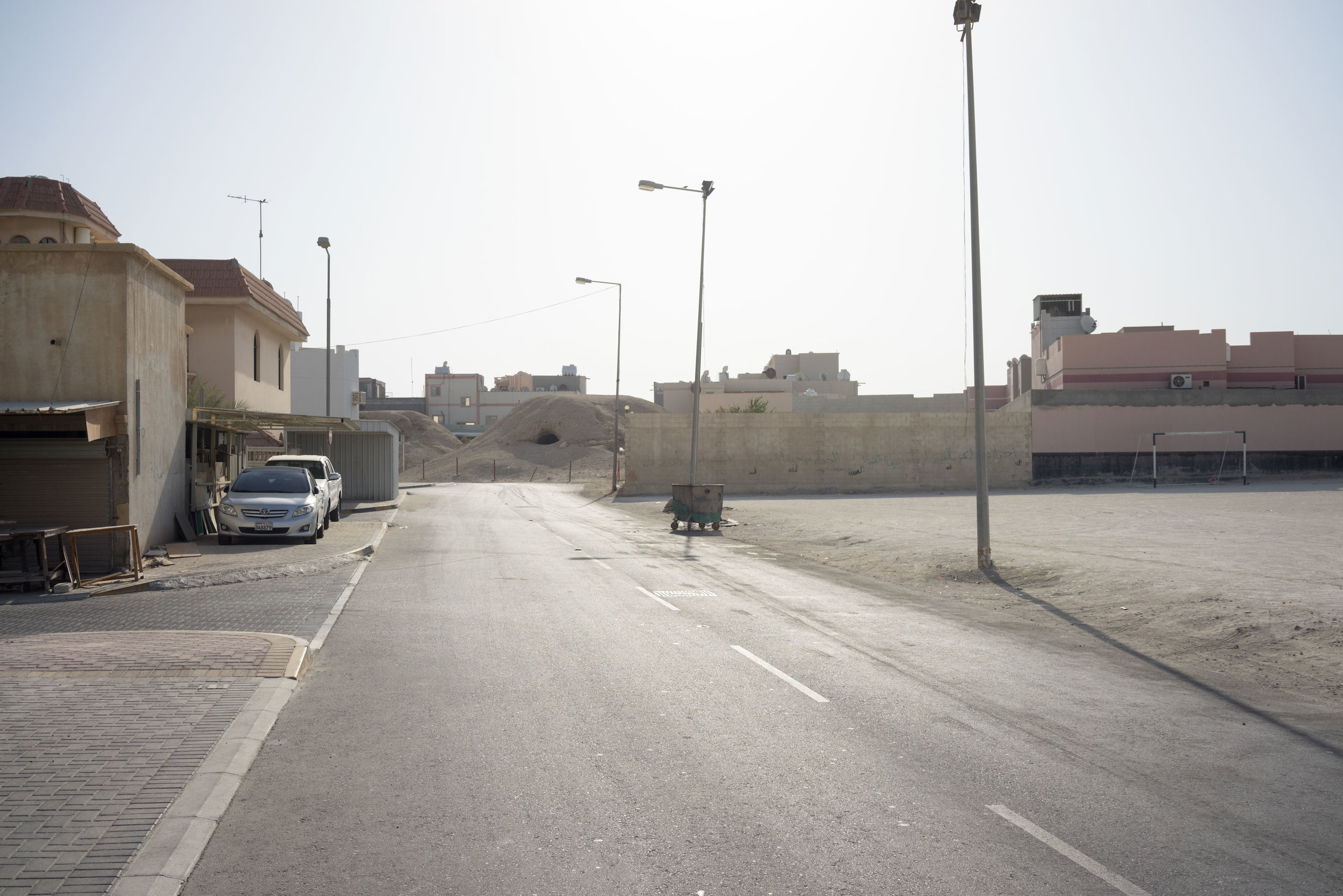
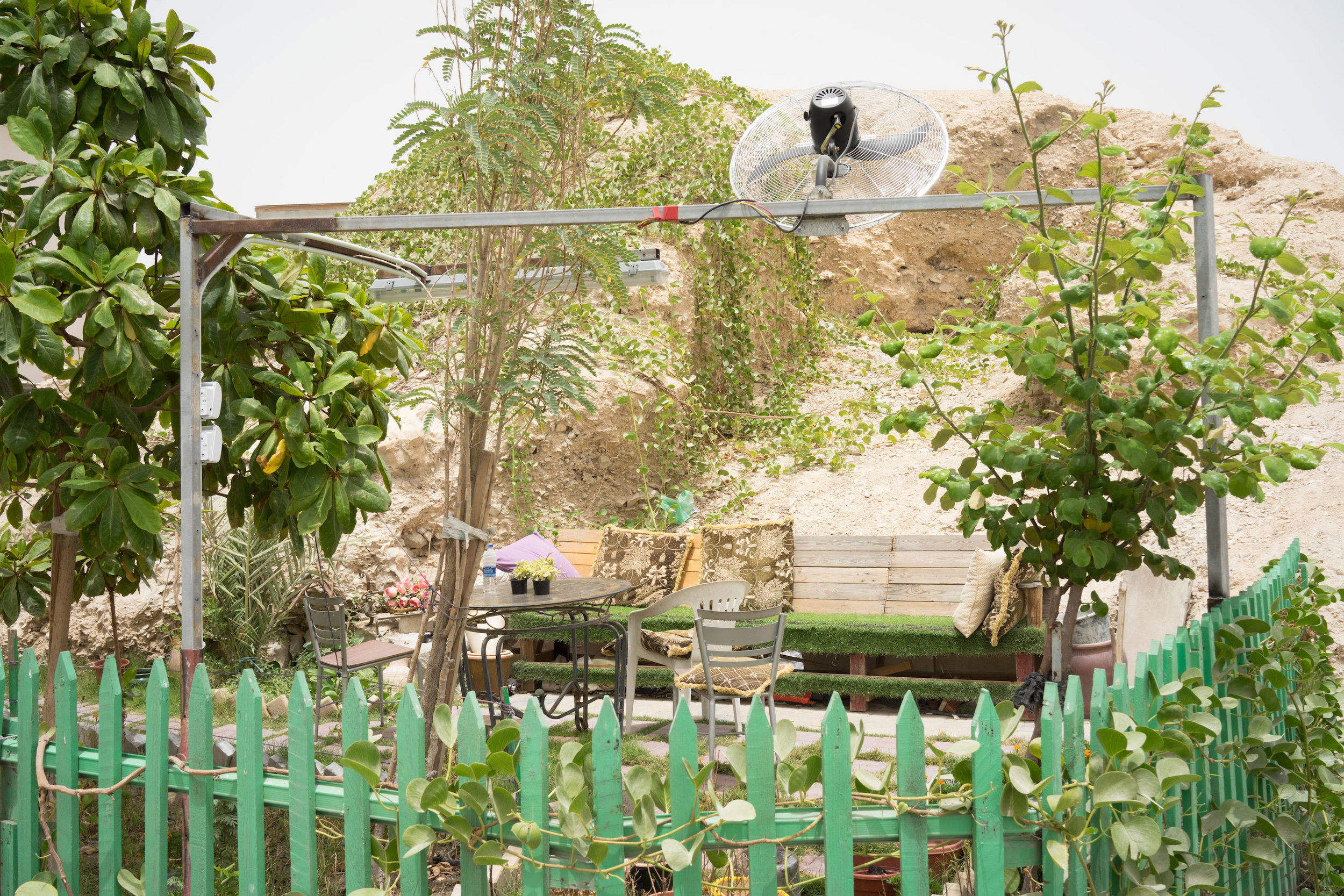

Image credit: CHRISTIAN VENNERSTRØM
The Name of Palladio
This article was first published by CARTHA Magazine
The Mirros of Ivan Straus
This article was first published by Przekrój Magazine





